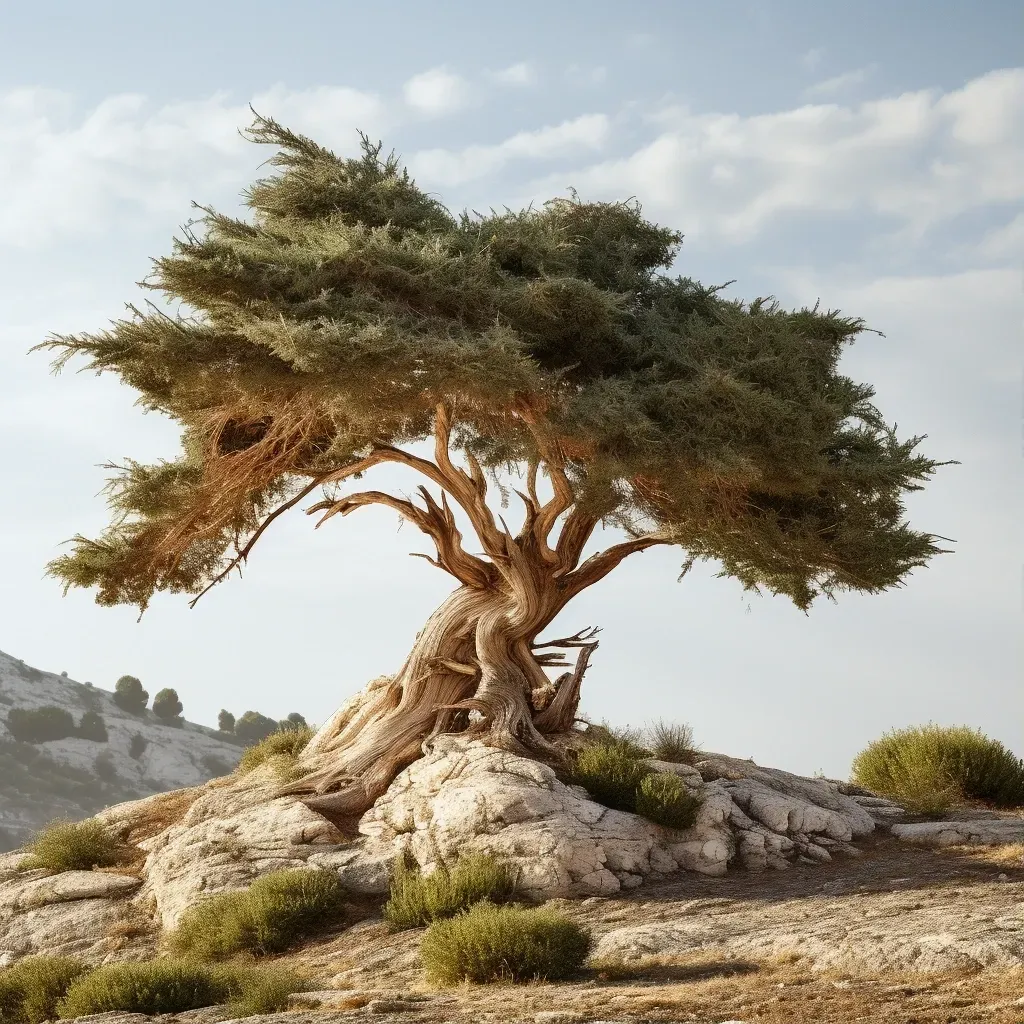Story of Day :
Contents
Everything You Need to Know About Arizona Cypress Pyramidalis Plant Care
Gardening enthusiasts are always on the lookout for unique and eye-catching plants to add to their landscape.
If you’re seeking a stunning evergreen tree that can thrive in various climates, Cupressus arizonica Pyramidalis, also known as Arizona cypress Pyramidalis, is an excellent choice.
This beautiful tree boasts an elegant pyramidal shape with feathery blue-green foliage that is sure to capture attention.
The Perfect Location for Your Arizona Cypress Pyramidalis
Before planting your Arizona cypress Pyramidalis, it’s crucial to select the perfect location.
Here are a few considerations:
- Sunlight: Ensure the tree receives full sun exposure for at least six hours a day.
- Soil Type: The plant thrives in well-draining soil with neutral pH levels.
- Space Requirements: Keep in mind that Cupressus arizonica Pyramidalis can grow up to 40 feet tall and approximately 15 feet wide.
Allow ample space for its vertical growth without overcrowding other plants or structures nearby.

The Art of Watering Your Arizona Cypress Tree
Adequate watering plays a vital role in maintaining the health of your Arizona cypress Pyramidalis plant.
Here are some watering tips:
- Newly Planted Trees: Water frequently during the first year after planting, especially during dry periods.
Aim for deep watering sessions instead of frequent shallow ones.
- Mature Trees: Once established, these trees have moderate water requirements.
Water deeply once a week in the absence of rainfall.
- Drought Tolerance: Arizona cypress Pyramidalis is relatively drought-tolerant once established.
However, it’s essential to monitor the tree during prolonged dry spells and provide supplemental irrigation if necessary.
Pruning and Shaping Your Arizona Cypress Pyramidalis

The unique pyramidal shape of Cupressus arizonica Pyramidalis makes it an attractive addition to any garden or landscape.
To maintain its shape and aesthetics, pruning is necessary.
Here are some pruning tips:
- Timing: Prune your Arizona cypress tree during late winter or early spring before new growth begins.
- Maintenance Pruning: Regularly trim back any dead, diseased, or damaged branches to promote overall tree health.
- Avoid Over-Pruning: While shaping your tree is important, avoid excessive pruning as it can lead to stress and affect its natural beauty.
Pest and Disease Control for Your Arizona Cypress Tree
To keep your Cupressus arizonica Pyramidalis healthy and thriving, it’s crucial to be vigilant about pest control.
Here are some common pests that may affect this tree:

- Cypress Bark Beetle: These beetles often attack stressed trees.
Keep your tree healthy through proper watering practices to minimize the risk of infestation.
- <Cypress Tip Moth: This pest affects new growth by causing dieback in the tips of branches.
Regularly inspect your tree for signs of infestation such as browning foliage or webbing.
- Aphids: These small insects suck the sap from your tree, leading to stunted growth.
Use insecticidal soap or neem oil to control aphid populations.
In addition to pests, Arizona cypress Pyramidalis is susceptible to certain diseases such as cankers and root rot.
Ensure proper drainage and avoid over-irrigation to prevent these issues.
Summary
Cupressus arizonica Pyramidalis, commonly known as Arizona cypress Pyramidalis, is a beautiful evergreen tree that adds elegance and charm to any landscape.
By providing the right growing conditions, including ample sunlight and well-draining soil, along with appropriate watering practices and regular pruning, you can ensure the health and longevity of this stunning tree.
Stay vigilant against common pests and diseases that may affect your Arizona cypress Pyramidalis by monitoring for signs of infestation or stress.
With proper care, your Cupressus arizonica Pyramidalis will thrive for years to come.
